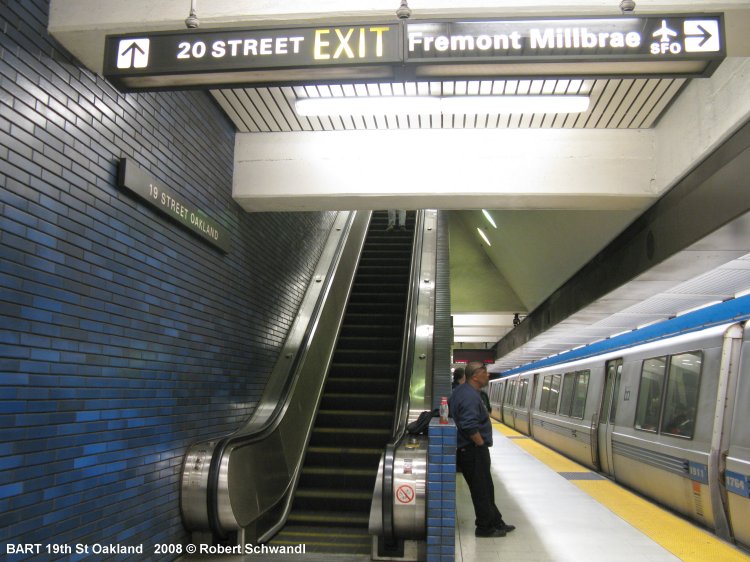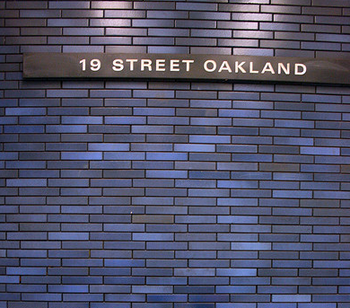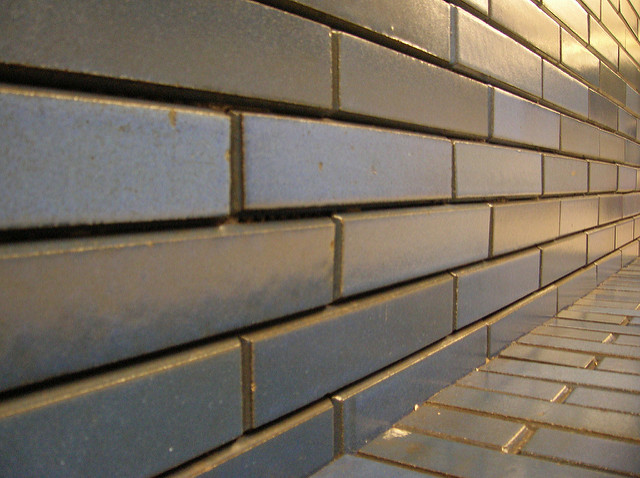Best Practices for Conservation of Media Art from an Artist's Perspective
This past Monday I had the chance to attend a talk at NYUs Institute of Art given by Rafael himself. The talk was focus towards Conservation of Media Art and the challenges artists, preservations and collectors often have to face.
Like many, if not all media artists out there, Rafael's work eventually stops working, perhaps it is the computer that died, a hinge that broke, or simply a lightbulb that needs replacing. Some of these problems might sound easy to fix. The problem really grows when you consider that his artwork includes technology, technology that in just a couple of years will go obsolete and perhaps difficult to fix.
To address this Lozano and his team prepare a set of detailed instructions, anything from CAD drawings, source codes, assembly instructions to a list of suppliers and acceptable guidelines for replacing or fixing components. He says that this details are so descriptive that if they were shared one could build the artwork from nothing. At this point he made reference to Sol Lewitt, mentioning that his artwork is nothing but a set of instructions, this had led him to the challenge of creating un-replicablecertificates to ensure collectors or museums that they have an original work.
These thoughts more and more made me think of his work appropriate for this class, reason why I am choosing him for this week's assignment.
Tape Recorders
Tape recorders is a piece that they did back in 2011 for the MCA Sydney. It includes the use of a computerized tracking system (kinects), computers, cameras, a thermal printer and custom hardware and software.

























